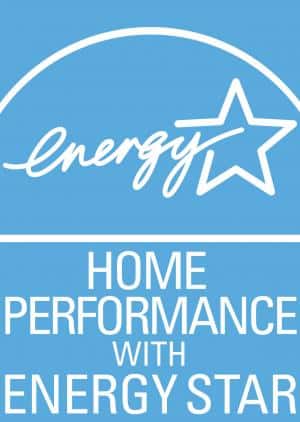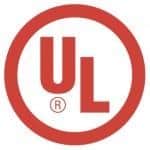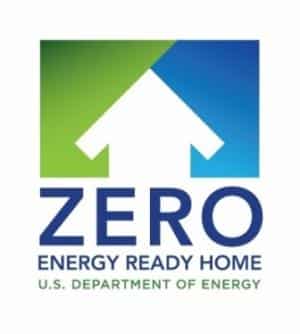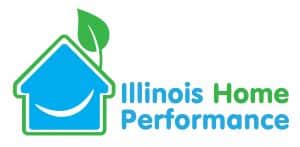Dry skin, cracked lips, and a scratchy throat are common comfort complaints at this time of year and are usually related to the heated air in our homes and buildings. Priority Energy diagnoses indoor humidity issues all year round and would like to share the 3 most common components of your home that can exacerbate dry air and low humidity.
Tip: The number one cause of indoor air that becomes uncomfortably dry in the winter is air leakage. Reduce the amount of cold air infiltration and you’ll reduce the amount of heat you’ll need. Simple. Cold air enters your home and when the furnace fires up the relative humidity levels drop. Are humidifiers helpful for adding moisture? If there is too much air leaking in and out of your home, a humidifier will be ineffective and a waste of money and energy. But there a couple of mechanical equipment conditions that can create dry air as well.
Inspect these 3 components to improve indoor dry air and manage humidity:
- How airtight is your home? A tighter home will allow less cold air to enter and keep warm, humid air from escaping. Look for cracks, plumbing and telephone line openings, the attic and basement, furnace vents and chimney stacks, the fireplace, and other locations where two different types of material meet.
- How correctly matched is your furnace and air conditioning system to your home/lifestyle? When your HVAC system is properly sized it will run consistently, which will allow a humidifier to regularly add moisture in the winter and the AC to more effectively remove moisture in the summer.
- Is your HVAC system set up correctly? There are multiple settings which affect an HVAC system’s ability to regulate humidity such as fan speed, and humidifier on/off controls, which are tied to the fan or heat on the furnace. Unfortunately, not all HVAC installers are familiar with these settings.
Priority Energy’s technicians often find incorrect fan settings on furnaces in combination with improper or nonexistent whole home ventilation and improper thermostat and/or control settings. For optimum comfort we need to selectively add humidity in the winter and consistently remove it in the summer. Indoor humidity levels should be kept between 45-50% for the best health and home durability year-round.
The good news is these improvements are easy and inexpensive. Better humidity control will enhance comfort and reduce energy use in all weather conditions. Priority Energy can help identify air leaks and HVAC issues in your home. Give us a call today.












